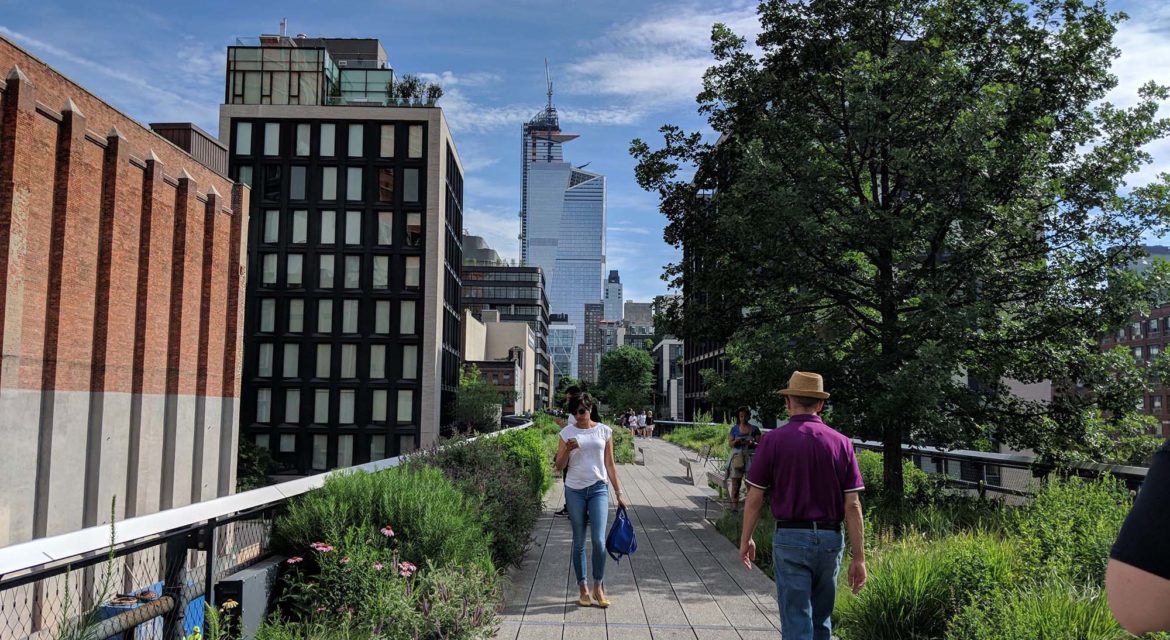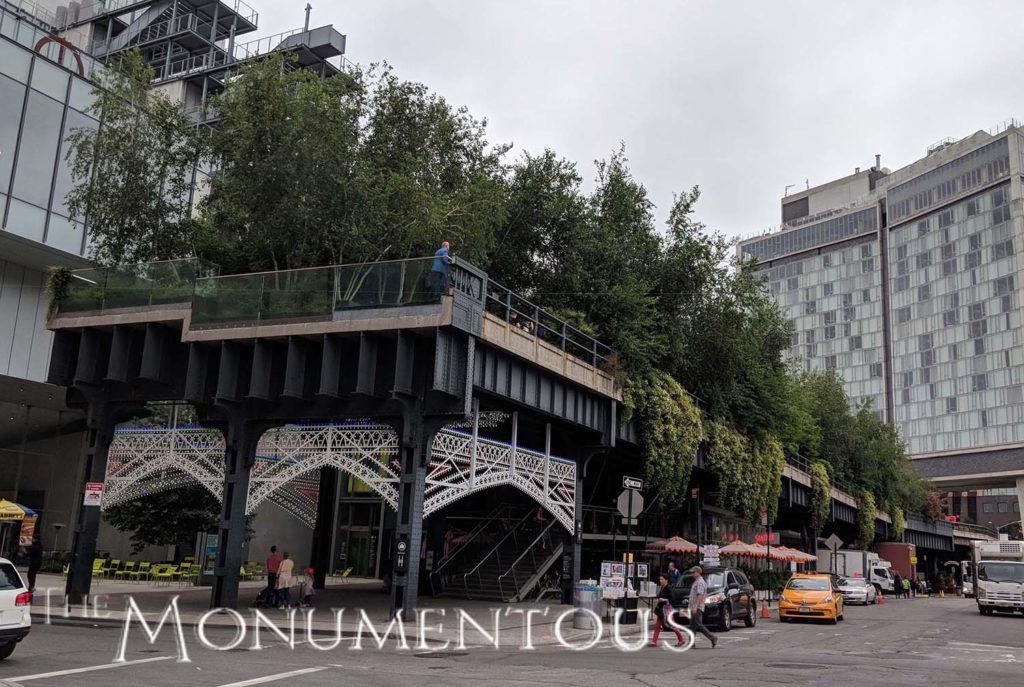 Long after being abandoned by trains that used to ship commodities on Manhattan’s West Side, the High Line in New York has since been redesigned as a “living system” that is equal parts public park and historical landmark. This elevated park built on a historic freight rail line has helped transform the West Side of Manhattan from a purely industrial district into one with residential and commercial neighborhoods and activities.
Long after being abandoned by trains that used to ship commodities on Manhattan’s West Side, the High Line in New York has since been redesigned as a “living system” that is equal parts public park and historical landmark. This elevated park built on a historic freight rail line has helped transform the West Side of Manhattan from a purely industrial district into one with residential and commercial neighborhoods and activities.
The 1.45-mile-long greenway literally bridges the past with the present by utilizing the original structure of the High Line while updating and repurposing sections of it to create one-of-a-kind experiences for visitors. It has enabled a legacy that is defining how monuments can spur re-development opportunities, and what it can mean to see dilapidated infrastructure turned into something that impacts the culture and economy of a whole neighborhood.

An Integral Part of Manhattan’s Industrial Landscape
New York Central Railroad originally built the High Line between 1929 and 1934 to eliminate street-level train crossings in order to improve both efficiency and public safety. For many years the line served as an integral part of Manhattan’s industrial landscape, as it allowed for the efficient delivery of meat, produce, dairy and various other products into warehouses and factories up and down the West Side of the city.
The decline of manufacturing in Manhattan and growth of interstate trucking in the 1950s saw a decrease in traffic on the High Line. Around 1960, the southernmost section of the line was demolished, and by 1978, the High Line was only used for a couple deliveries of cargo per week. The last train on the High Line ran in 1980, which pulled three carloads of frozen turkeys.
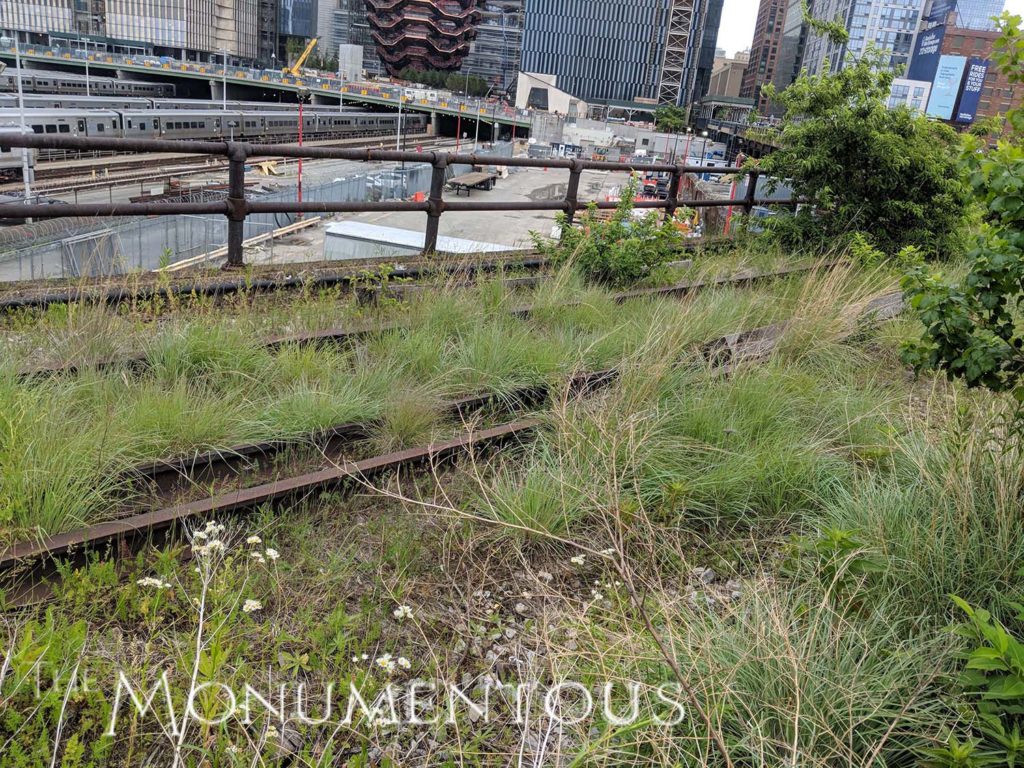
As soon as it was shut down various groups lobbied to see the entire structure demolished, while others tried to save it via numerous proposals. Those battles continued for the next two decades, as nature worked to reclaim the area. Wild grasses, shrubs and other plants began to grow and thrive all over the abandoned railway.
The Friends of the High Line was formed in 1999 in order to advocate for the preservation and reuse of the structure by transforming it into an elevated park. After years of negotiations with the city as well as the owners of the line, construction on the redevelopment of the High Line began in 2006. Opened in different sections over the next several years, it is now possible to walk from Gansevoort Street in the Meatpacking District to West 34th Street, between 10th and 12th Avenues. It’s a walk that enables visitors to take in the full uniqueness of the High Line.

Experiencing a Garden in the Sky
Open from 7am until dusk, the High Line allows visitors to experience the urban landscape of New York within a natural setting. The mixture of plants and trees is designed to blend into the textures and colors of the city. The species of perennials, grasses, shrubs and trees were chosen for their hardiness, sustainability, and textural and color variation, with a focus on native species. Many of the species that originally grew on the High Line’s rail bed are incorporated into the park’s landscape. The plants on the High Line are not limited to native ones though, and include sturdy meadow plants and scattered strands of sumac and smokebush.
 Stretches of track and ties recall the High Line’s former use, and portions of track have been reused to create lounges positioned for incredible views of the city and river. Certain stretches are elevated above the former track, while in other spots visitors can walk along the tracks that used to carry everything from milk to meat to manufactured goods. Sections of the High Line also run right through buildings, providing another context around this combination of an urban landscape with a natural one.
Stretches of track and ties recall the High Line’s former use, and portions of track have been reused to create lounges positioned for incredible views of the city and river. Certain stretches are elevated above the former track, while in other spots visitors can walk along the tracks that used to carry everything from milk to meat to manufactured goods. Sections of the High Line also run right through buildings, providing another context around this combination of an urban landscape with a natural one.
Residents and tourists are a constant presence on the High Line, as there are people doing everything from jogging to meditating to taking pictures. Benches, plots of grass and rotating artworks are scattered throughout the High Line, providing visitors with a variety of reasons to visit or revisit the space. The variety of activities that anyone can do or be part of on the High Line continue to be created and changed, providing visitors with unique experiences that are changing all the time.
While Central Park allows visitors to feel as if they’ve left the urban landscape of New York for a completely natural one, that sensation is rarely evident on the High Line. What’s here is designed to work in a different way though, so that visitors can take in the views and vistas while also forcing people to immerse themselves in a landscape of remarkable textures and colors and unusual forms. It’s designed to enable an experience that can’t be replicated anywhere else, even by other unique New York landmarks.
All of these experiences and activity in this “garden in the sky” has directly spurred the incredible economic opportunities that are being realized across the landscape.

Direct and Indirect Revenue Opportunities
With nearly five million annual visitors, the High Line has clearly been able to establish itself as a genuine tourist attraction for New York. Doing so has created and driven a variety of economic opportunities for the High Line itself, but other stakeholders within the area are also realizing those opportunities.
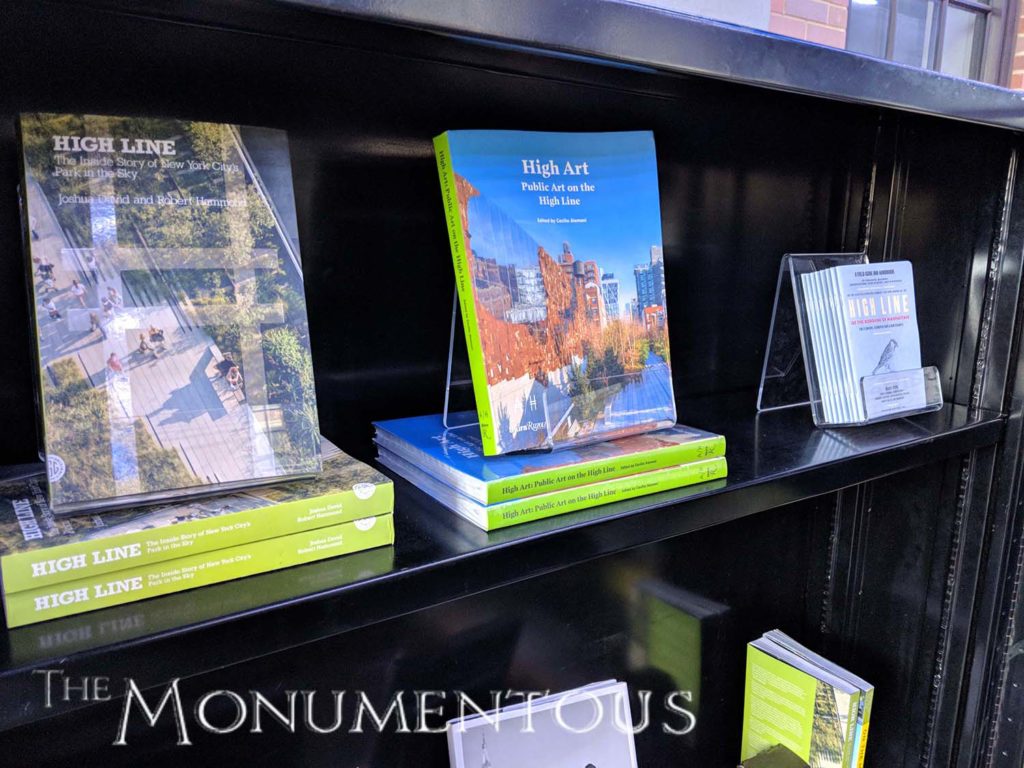 Since Friends of the High Line raises 98% of the High Line’s annual budget, enabling sources of direct revenue are important. The High Line Shop is a storefront on the High Line itself that allows visitors to purchase a variety of items, including books, clothing and other accessories. Their online store has these items along with many others, while their membership levels provide numerous ways to directly support their initiatives.
Since Friends of the High Line raises 98% of the High Line’s annual budget, enabling sources of direct revenue are important. The High Line Shop is a storefront on the High Line itself that allows visitors to purchase a variety of items, including books, clothing and other accessories. Their online store has these items along with many others, while their membership levels provide numerous ways to directly support their initiatives.
Presented by Friends of the High Line, High Line Food selects innovative food partners and designs food-related events and activities for the High Line. Founded in 2011, High Line Food creates a sustainable food system on the High Line, inspires care for the environment, and builds community. Revenue from the program supports the maintenance and operation of the High Line.
The High Line has also spurred real-estate development in the neighborhoods along the line. Hudson Park & Boulevard will be an approximately 4 acre system of broad tree-lined parks and open space, and ties directly into the High Line. It’s difficult to envision this multi-million dollar project coming together in the way it has without the presence of the High Line.
The High Line has also helped raise the value of properties directly adjacent to the High Line by an average of 10 percent over properties a few blocks away. The park continues to increase real-estate values along it, and that has contributed to development and redevelopment proposals for museums and other buildings.
These economic opportunities are a direct result of the impact the High Line has had on the culture of New York as a whole, and that impact is being felt across the world.

Influencing the Culture and Community in New York and Beyond
Art on the High Line is the public art program that commissions and produces public art projects on and around the High Line. A wide array of artwork including site-specific commissions, exhibitions, performances, video programs, and a series of billboard interventions are displayed on the High Line, providing artists and audiences with a unique setting to display and experience these pieces.
 Events and activities at the High Line range from workshops for kids to design tours to meditation sessions. Each year, Friends of the High Line creates fun and innovative opportunities for people all ages to experience the park in a new way.
Events and activities at the High Line range from workshops for kids to design tours to meditation sessions. Each year, Friends of the High Line creates fun and innovative opportunities for people all ages to experience the park in a new way.
Cultural events, teen programs, camps and schools also take place at and around the High Line throughout the year, providing numerous opportunities for visitors to connect with one another, and for residents to network with their community.
The success of the High Line has gotten stakeholders across the city to reconsider their approach to abandoned infrastructure, especially since estimates say that it costs substantially less to redevelop an abandoned urban rail line into a linear park than to demolish it. It’s a concept that has clearly inspired the Queensway, a proposed aerial rail trail being considered for reactivation along the former Long Island Rail Road Rockaway Beach Branch.
It’s a concept that has extended far beyond New York itself though. Several cities nationwide have plans to or have already renovated railroad infrastructure into parkland, including Philadelphia’s Rail Park, Atlanta’s Belt Line, and Chicago’s Bloomingdale Trail. The High Line has helped pioneer the creation of elevated parks across the world, which some have to referred to as a “High Line effect.”
All of this is indicative of the powerful legacy the High Line has created when it comes to creating a lasting impact in every way that matters.

The Legacy of the High Line
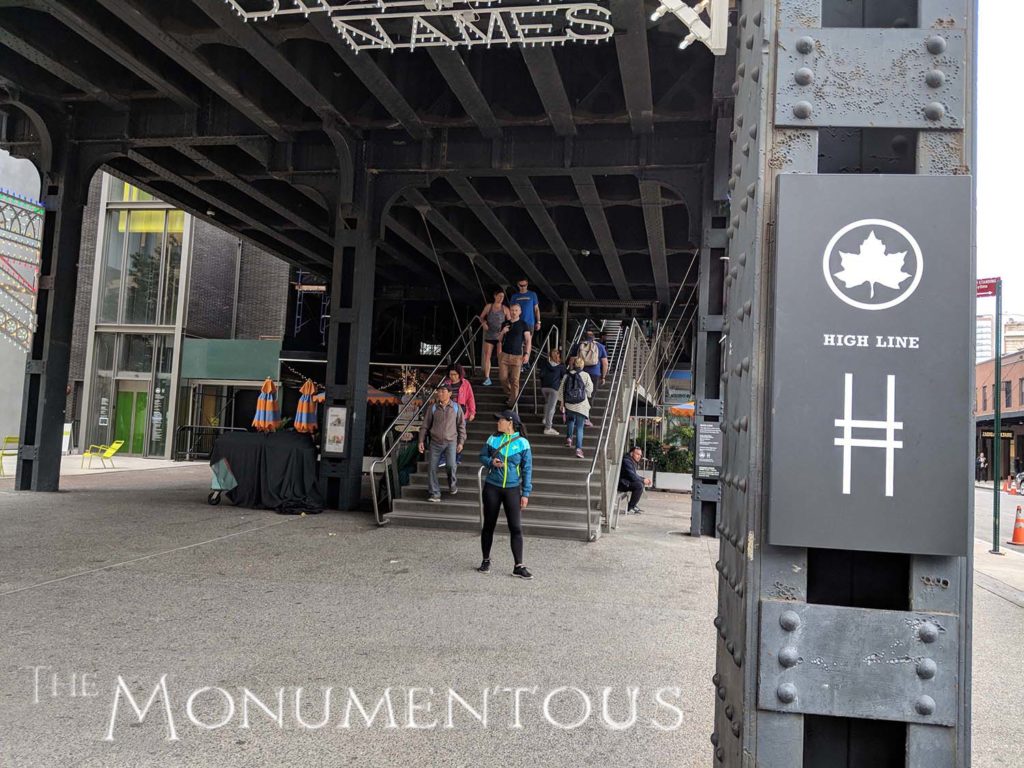 The transformation that the High Line has enabled has created a powerful legacy that other cities around the world have looked to for inspiration. It’s something that can be seen directly with initiatives to create multi-use trails, but the legacy it has enabled on Manhattan’s West Side is significant for more practical reasons.
The transformation that the High Line has enabled has created a powerful legacy that other cities around the world have looked to for inspiration. It’s something that can be seen directly with initiatives to create multi-use trails, but the legacy it has enabled on Manhattan’s West Side is significant for more practical reasons.
The High Line serves as an incredible example of how a monument can transform an area literally and figuratively. That’s something various monuments have done, but the fact that the High Line utilized existing infrastructure provides a completely different perspective around enabling this kind of change. It proves that creating a monument doesn’t have to be about something new or different, but can instead be even more powerful when it’s about resourcefulness and renewal.

